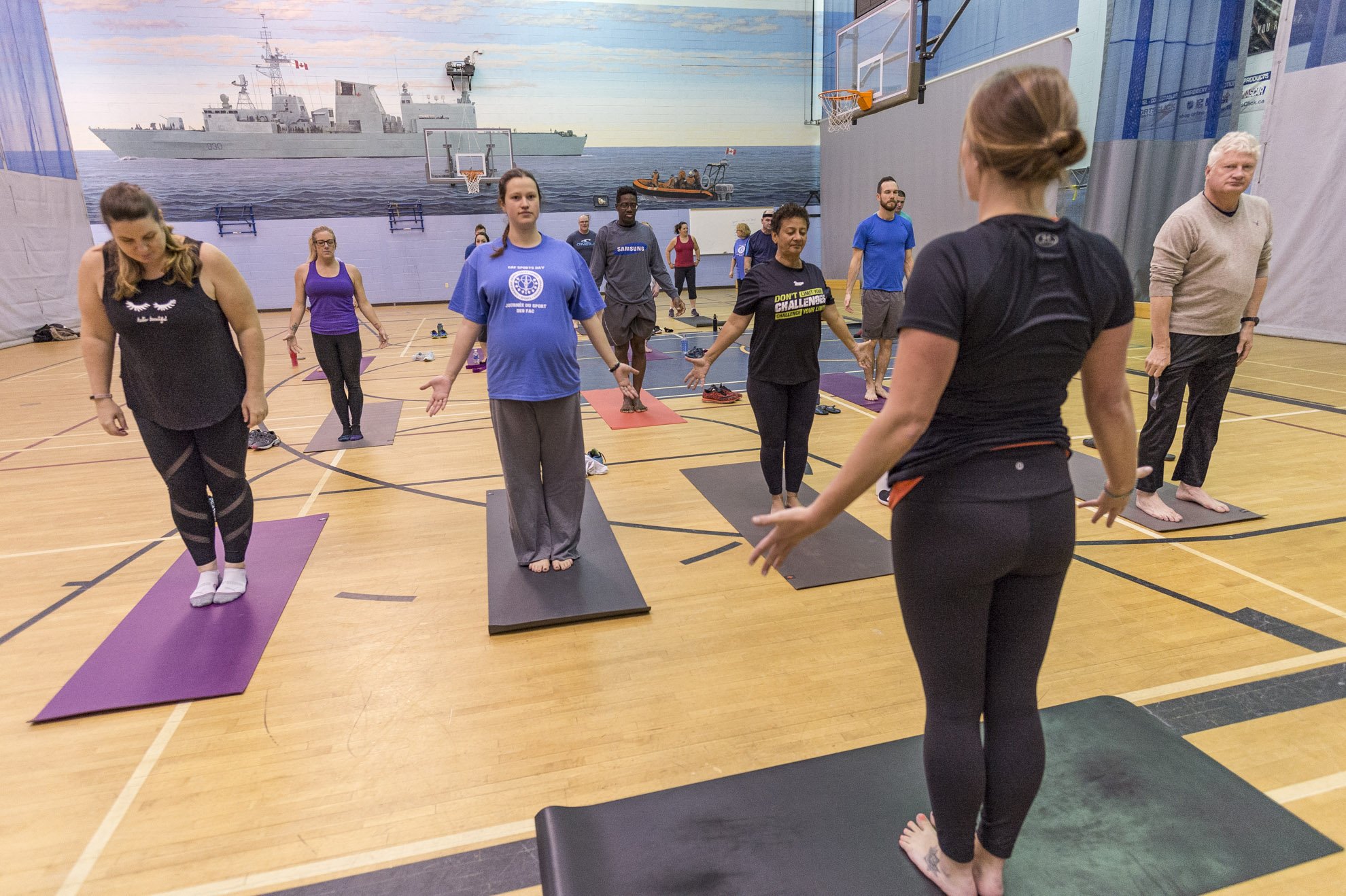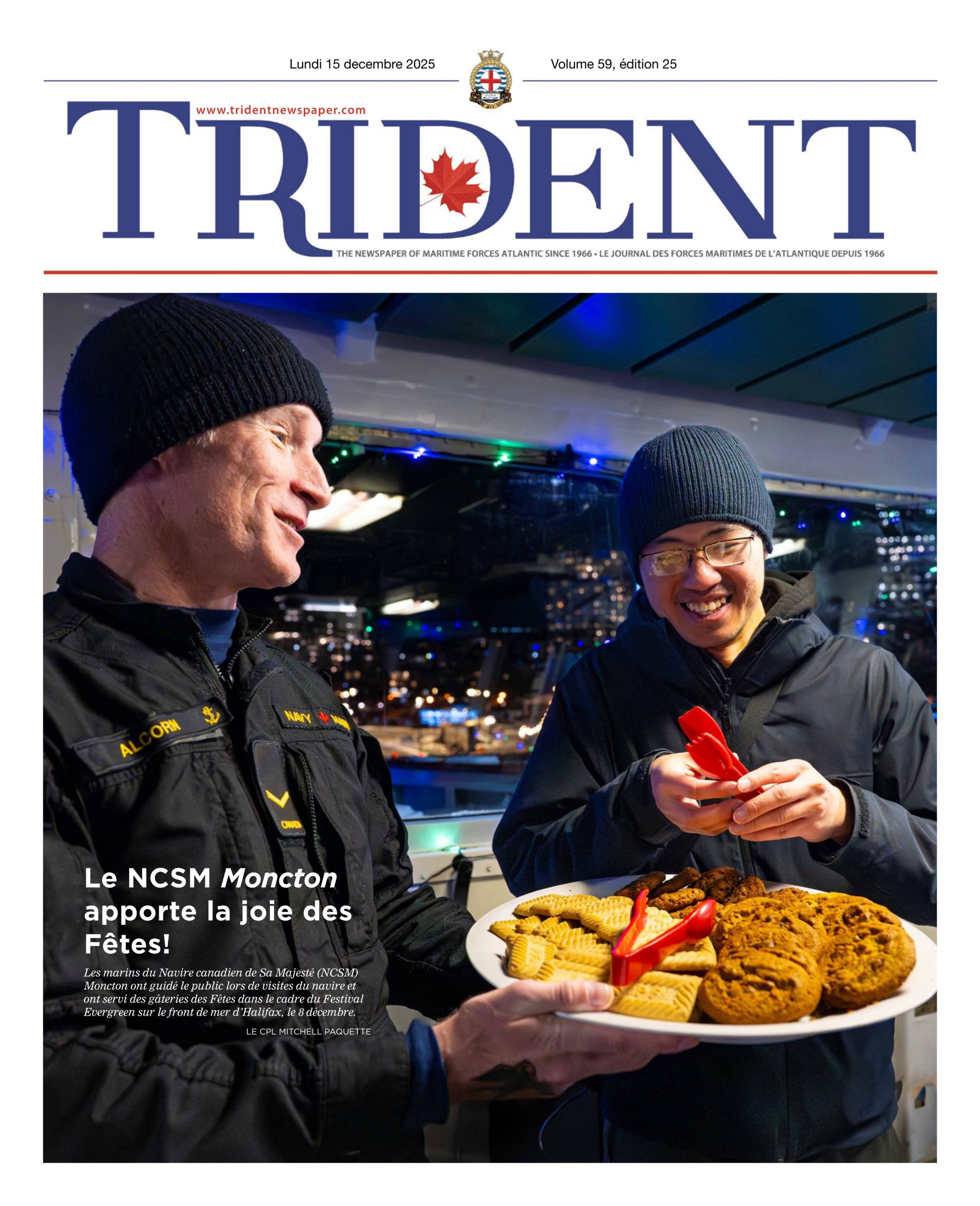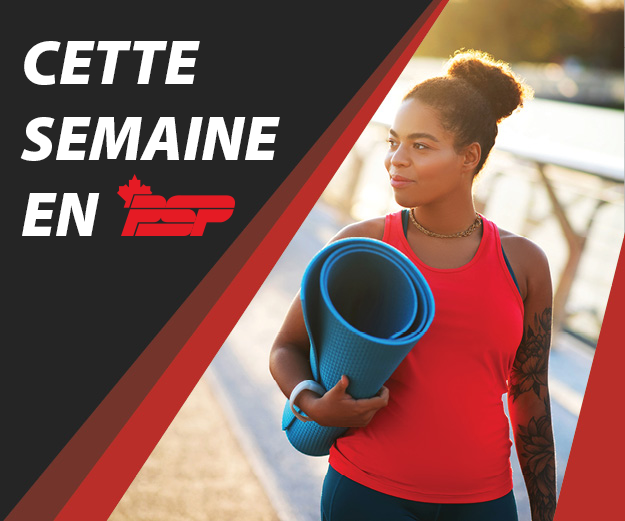
The practice of gentle yoga at home
By Tammie Barriage,
Fitness and Sports Instructor, PSP Halifax
During this time, we may be finding it difficult to keep a healthy routine or find possible stress-relieving outlets, especially as our gym or fitness classes are not available. Although yoga may not be something that you would typically practice, or it may be something that you are used to attending on a weekly or daily basis, it is something that we can do no matter where we are and no matter what equipment we have access to.
So what does creating your home practice for gentle yoga look like? Some of you may already have practiced this by taking yourself through some of your favourite poses from classes you have been to, or by following along with a DVD or online video. These are great options, as many yoga teachers from local studios or other resources are making these videos readily available and even free at this time. Another option for creating your own home practice however, especially if you haven’t tried yoga before or aren’t so sure you are into the physical poses and postures, is to scale back, focus on a few basics, and do what works for you. One of the most helpful aspects of yoga, especially a gentle yoga approach, is it is all about being whatever you need it to be. There is no right or wrong, there is no particular way we need to look, there is no particular thing we have to do. All we have to do is listen to our bodies and breathe, adding movement or being still, whenever it feels right.
Ready to try and create your own gentle yoga practice at home? Set aside some time for yourself, whether it is 10 minutes or 60 minutes, find a clear space and get comfortable (seated or lying down on your back or side). During this time, try not to think about everything else that is happening, instead give yourself the permission to take this time to be in the moment and take care of yourself. Gentle yoga is an opportunity to focus on breathing, gentle movement, or both. Breathing techniques to try:
Pranayama – regulation of our breath: inhaling and exhaling through our nose.
Equal Part Breath: finding an inhale and then matching it with our exhale (same length and depth).
3-Part Breath: starting the breath with an inhale from our hips, moving up into the belly and allowing it to fill completely (expand) and then finish in our chest. Then slowly exhaling in reverse.
Poses to try for some movement: Sitting tall, cross-legged if comfortable (can be on a yoga mat, pillow, or blanket if needed).
Seated Cat/Cow: hands in front of the knees, moving with the breath. Inhale to draw the chest forward and let the head fall back (cow), then exhale to lift through the shoulders and let the head and neck fall forward (cat) – continue moving through these two positions, using the breath, as many times as needed.
Seated Lateral Flexion: raising both arms up towards the ceiling, then lowering through one side to start (right hand for example), letting it find the mat or floor. Inahle to reach up and over through the opposite arm/hand (left in this case), as if your ribs are reaching towards the ceiling and exhale to settle in to this reach. Pause here briefly, then lift the bottom arm back up, sitting back up tall and switch sides.
Seated Chest Expansion: begin with reaching both arms up and then allow them to fall to your sides and behind you, light fingertips to the mat or floor behind you as you aim to open through the chest while still sitting tall. Inhale to lengthen through the spine and then exhale try to expand the reach behind and let the shoulders roll open. This may not seem like much, but it is a great place to start. Maybe we need this reminder to slow things down, or maybe we need this to encourage us to just move a little bit more, either way it can help us to just take some time for ourselves.
If you are looking for more ideas for yoga at home, the following are some resources for videos, podcasts and articles:
Yoga Journal
www.yogajournal.com
Yoga Girl – Rachel Brathen
www.yogagirl.com






